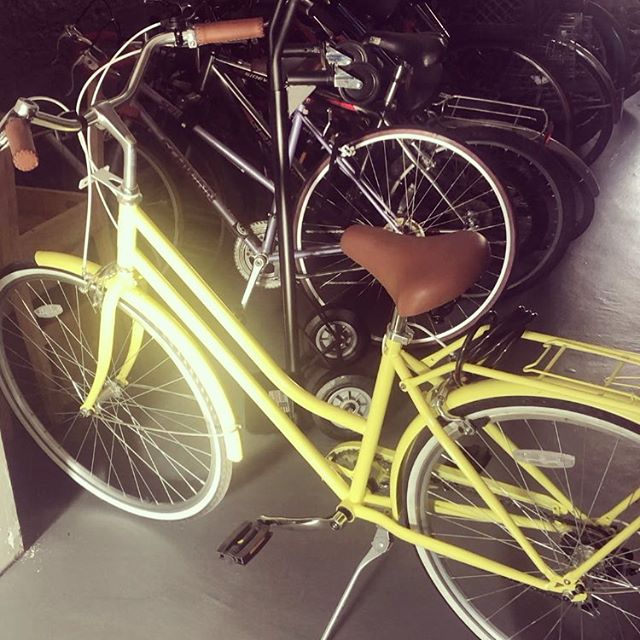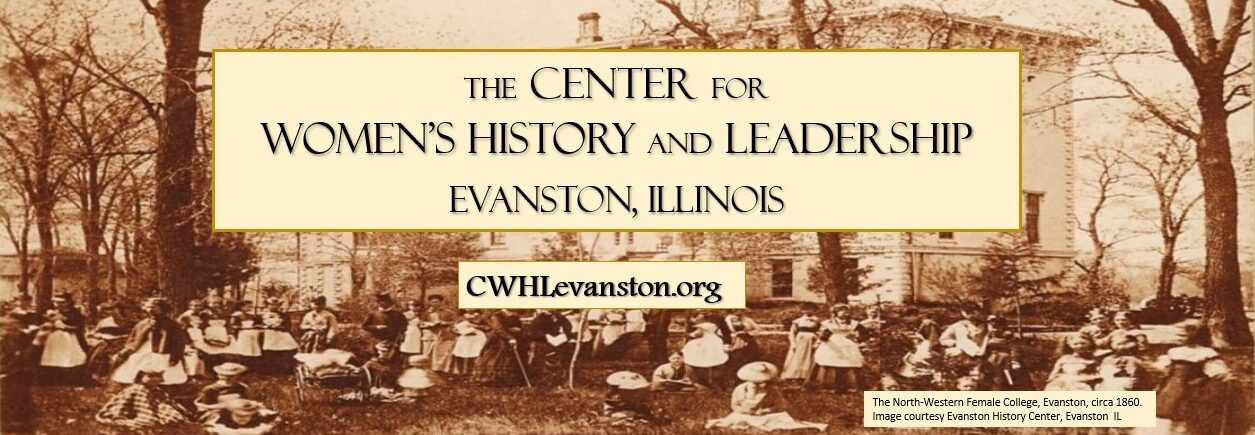In the late nineteenth century, American cities were filled with bicycles. People from all walks of life embraced them, which shaped urban environments. Frances Willard and other reformers promoted bicycles as particularly important for women. Bicycles were instruments of health, freedom, and convenience, which could contribute to equality. Some people doubted whether women should ride bicycles, but Willard could not see “a reason in the world why a woman should not ride the silent steed so swift and blithesome.” (19) Despite others’ misgivings, many women took to cycling and found it an enjoyable and liberating experience. Willard claimed that cycling would give women the chance to experience “the charm of a wide outlook upon the natural world” and a sense of mastery (17). From my recent experiences, that holds true in the twenty-first century.
This winter I dreamt of springtime and bicycling. Instead of trudging through snow, slow and bulky, I imagined whizzing down streets on a bicycle, light and free. In the gray afternoons I thought of the places I could go…if only it was spring and if only I had a bicycle. I could pedal to new parts of the city, meet friends, and have adventures. The romance of a bicycle latched itself firmly in my brain.
When April gave us a sample of spring I jumped; I went on a Saturday morning to find my new steed. The first shop had no models that fit my well-rehearsed inquiry. The second shop looked promising, but the owner was only interested in showing me vintage 1970s men’s bikes. I approached the third shop while coming to terms with the idea that I might have to try again next weekend. And there it was. Right in the window, as if in a Christmas movie, my dream bicycle…and it was a sunshiny yellow. I rode it home, and my heart was light.
Willard nicknamed her bicycle “Gladys” because of the “Gladdening effect of its acquaintance.” I found that endearing, and so I decided to name mine. I thought of a famous Gladys born a hundred years after Willard: Gladys Knight. From there it was an easy jump to Gladys Knight and the Pips, and now my bicycle is named Pippy.
There’s something empowering about alternate modes of mobility. It’s freeing to not only be able to get from point A to point B, but to have choices as to how. Much has been written about women’s liberation and cars and the benefits of walking. Chicagoland’s public transportation system provides another option. Having more choices is freeing. However, out of all of the options, there’s something especially liberating about riding a bicycle. It’s faster and more fun than walking, it’s more private than the El, and it’s powered by one’s own strength instead of gasoline.
There’s a different view of the world one has when cycling: more nuanced than driving, yet more expansive than walking. Willard stated that one reason for promoting the bicycle was to “help women to a wider world.” I’m not sure if my world is wider, but I already view my city differently.
Willard and other bicycle enthusiasts promoted cycling within their push for dress reform. Many women were concerned about socially-required restrictive clothing. Willard argued that “if women ride they must… dress more rationally,” (44) and speculated that women’s cycling garb would influence other clothing. She explained that “reason will gain upon precedent, and ere long the comfortable, sensible, and artistic wardrobe of the rider will make the conventional style of women’s…unendurable to the understanding.” (44) While the clothing I wear is nowhere near as restrictive as what Willard had in mind, after buying a pair of bike shorts to wear under my skirts while cycling, I’ve decided to add them as a wardrobe staple.
Women’s opportunities have changed since Willard and others promoted cycling for women. When I cycle from the university to my job, I’m aware that my life is built on the work of these women. Despite all of the changes in our world, two things remain that link us to theirs: there’s still feminist work to be done, and riding a bicycle still feels like flying.
For further reading, please check out Willard’s “How I Learned to Ride the Bicycle” (page numbers are from that book) and Evan Friss’s The Cycling City.
By Cate LiaBraaten, FWHM Museum Operations Manager and Loyola University Chicago PhD Student.

